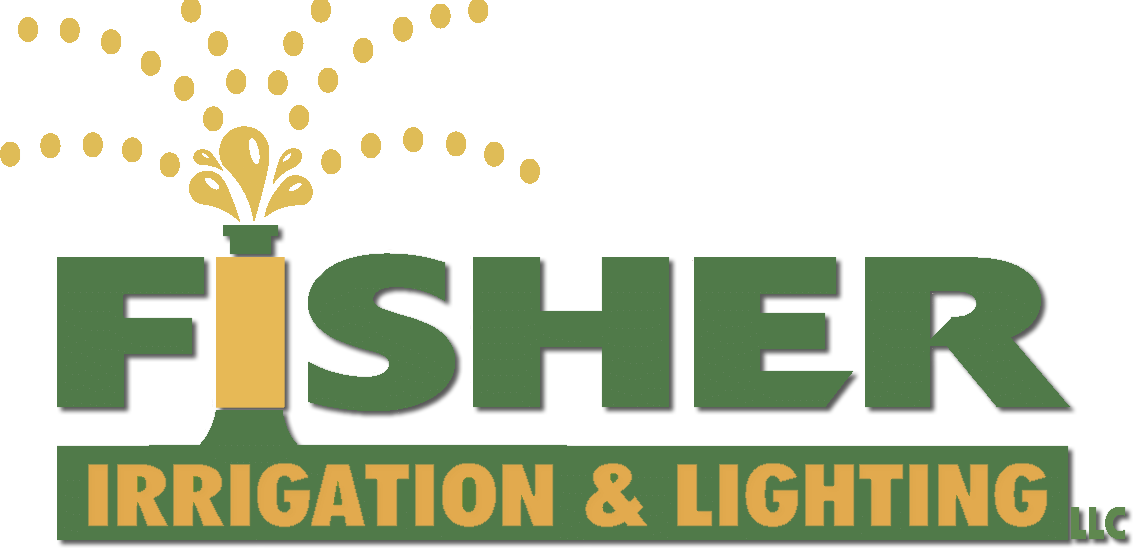Useful Tips for Your Sprinkler System
Monthly service check-ups of your system assist the overall efficiency of your sprinklers. As the layout of your property changes over time adjustments may be required. A service call incorporates a full system test that assesses every aspect of your system, from the current watering programs in the timer to the performance of each individual sprinkler head. Proper maintenance to your irrigation system will help you avoid costly repairs that can build up over the years, as well as continue to keep your system running smoothly.
Overwatering is the most common problematic area of a sprinkler system and is easily avoidable. A common misconception of irrigation is that the more water dispensed, the better the overall success will be. In actuality, overwatering can lead to a number of different problems, including an untimely death of your plants and lawn. When plants are overwatered, it means that they are not receiving enough oxygen. This causes them to begin to change color and appear as though they are not receiving enough water. What generally happens next is that the customers will increase the watering times under the impression that they are becoming too dry, which ultimately makes matters worse.
Choosing the proper start time for your watering cycle can make all the difference in the world. It is generally a safe bet to begin your watering cycle sometime during the night into the early morning. During this time, the temperature is at its most neutral, which allows the water to sit longer and soak into the roots. Watering during the day after the temperature begins to rise will only dry out quicker, especially during the hot summer months.
The purpose of a rain sensor is to collect water and let the system know when it doesn’t need to operate. In some situations however, the rain sensor may dry out faster than it should and return to its scheduled watering cycle prematurely. It might be a good idea to turn the dial on your timer to the OFF position until everything has dried up. During this time you will not lose any of the programs that have already been stored in the timer. As soon as the conditions have improved you can turn the dial back to the AUTO position to continue your scheduled watering cycles.
